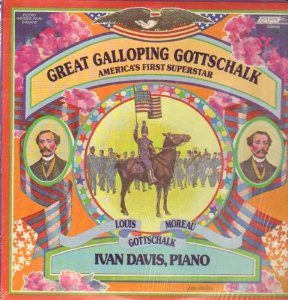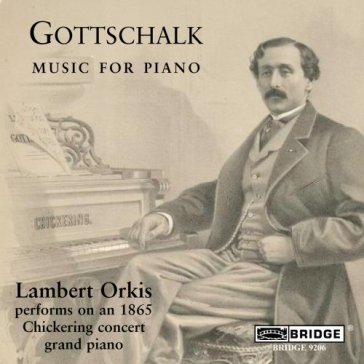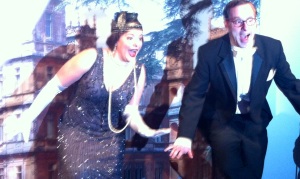For your Friday enjoyment: A pianist for the ages, and a quintessentially French composer….
First, check out this fabulous performance from 1997 of the seemingly-ageless Alicia (74 at the time) playing the Ravel Piano Concerto in G with Jesus Lopez-Cobos and the Cincinnati Symphony. As someone learning the ropes in the television world, I’m coming to appreciate really great camera work in shooting orchestras – far easier said than done! After a little rooting around on the Interwebs I discovered it was the handiwork of Brandenburg Productions, in tandem with Cincinnati’s PTV Station WCET 48. (Turns out it was the CSO’s national television debut.) For an example of the terrific camerawork, check out the beautiful harp close-up at about 5 minutes in.
Then there’s De Laroccha. Her usual ferocious technique, but at her age it’s also economical and elegant. No wasted movements or theatrics from this stately Queen…but utterly faithful to the energy and verve embedded in Ravel’s music!
As for Jean Françaix (1912-1997). I had always admired the froth and effervescence in his music (and he wrote for virtually every combination of instruments known to man), as well as the man’s craft, wit, and unpretentiousness. Then I got to know it a lot better when I got involved executive-producing a CD devoted to his complete piano works with pianist Nicole Narboni. (You can also check out her video about the project here.) Like his Cinq Bis (“Five Encores”) – wherein the composer offers a tongue-in-cheek Chinese Menu of choices for pianists to play, depending on the success of the recital. As Nicole explains in her liner notes:
Perhaps the most comical of all the works contained on this disc are the Cinq Bis, or Five Encores, from 1965. In the preface, Françaix quotes the 18th-century French author Nicolas de Chamfort …Quand vous êtes sur une scène, si vous n’êtes pas un peu charlatan, l’assemblée vous jette des pierres… (“When on the stage if you are not a little of a charlatan, the crowd will stone you.”)
These pieces have all the elements of great encores. Pour Allecher l’auditoire (“To entice the audience”) is a sarcastic warm-up; Pour les dames sentimentales (“For romantic ladies”) is a wonderful combination of silly and serious. The last three Bis are best saved for a third or fourth curtain call: En Cas de succès and En cas de triomphe – no translation required!. The fifth and final of the Bis, En cas de délire (“In case of delirium”) suggests a scene from a Victor Borge concert…
Besides Nicole, the only pianist I know who plays these “Cinq Bis” with any regularity is the excellent Aussie pianist Simon Tedeschi…the acclaimed “stunt double” for actor Geoffrey Rush in the David Helfgott biopic Shine. (Those were Simon’s hands you saw tickling the ivories in the close-ups!) Here you can watch his fingers fly through all five of the Françaix encores!








You must be logged in to post a comment.